Was Google working on its own VR headset?
Tech giant was secretly developing a standalone VR device, says report
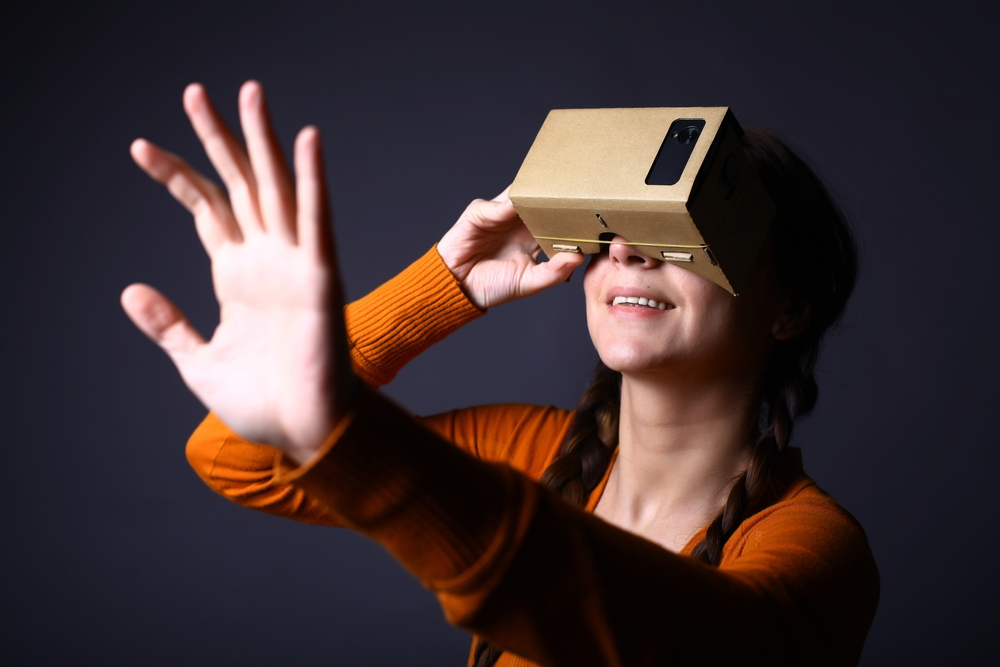

Google has been working on a "high-end standalone" virtual reality (VR) headset, according to reports, billed as a rival to frontrunner devices Oculus Rift and HTC Vive.
The tech giant was working on the headset at the Google X research lab, reports Recode, alongside a seperate operating system for the device, suggesting Google's VR headset would not have run on the Android operating system.
The project, however, has reportedly been scrapped in order for the company to focus its efforts on other work in the VR space. This would theoretically include its work in mobile VR and bringing VR to the Chrome browser.
Earlier this year, Google announced an Android-based VR platform called Daydream, which is set for release alongside Android Nougat.
At the same time, the company alluded to a new version of its Cardboard VR viewer, complete withupdated sensors, lenses and a sturdier plastic casing.
WebVR integration for the latest builds of Chrome Beta and Chrome Dev surfaced recently, making the browser compatible with VR-enabled websites.
Google declined to comment on Recode's article.
Get the ITPro daily newsletter
Sign up today and you will receive a free copy of our Future Focus 2025 report - the leading guidance on AI, cybersecurity and other IT challenges as per 700+ senior executives
01/07/2016: Will Google bring VR to Chrome?
Google is reportedly looking to bring virtual reality (VR) to its Chrome browser, adding support for WebVR to the latest builds of Chrome Beta and Chrome Dev.
The Chrome Beta now sports a new WebVR setting, reports9to5google, which would make the browser compatible with VR-enabled websites.
This could mean Google is hoping to eventually make any website viewable in VR with the shell, similar to technology introduced by Samsung for its Gear VR.
Similarly, Chrome Dev now has a 'VR Shell' setting that will allow users toview websiteswith Cardboard or Daydream-ready viewers, according to Chromium Evandelist Francois Beaufort.
12/02/2016:Google may be creating a standalone VR device with its own screen
Google's next rumoured virtual reality headset will be a standalone device with its own screen and outward-facing motion-sensing cameras, new reports have claimed.
According to the Wall Street Journal (via Fortune), the new VR device will not be reliant on other hardware such as a smartphone or PC which, if true, would make it one of the first of its kind.
The outward-facing cameras will be used to track the wearer's head motions and, without the need to use a smartphone in conjunction with the headset, the problem of users experiencing headaches while wearing VR devices may be improved.
Rumours surrounding Google's follow-up to its low-end Cardboard VR viewer revealed the company could be planning a new plastic headset with updated sensors, lenses and sturdier casing.
If released later this year, the launch would coincide with new Android VR technology, allowing compatible smartphones to slot into the device in the same way as they do with Cardboard or Gear VR.
As noted by Fortune, the tendency for VR devices to pair with smartphones and computers is due to their ability to offload heavy processing to the device in order to save power. If Google's VR does away with this element, it's unclear how it will compromise between power and efficiency.
12/02/16: Is Google building a new VR device to replace Cardboard?
Google is getting ready to release a new virtual reality headset to rival Samsung's Gear VR, and will update the Android OS to support the device, it is claimed.
The new headset will succeed Google's low-end Cardboard VR viewer, and will boast updated sensors, lenses and a sturdier plastic casing, according to the Financial Times, citing "people familiar with its plans".
Its release will coincide with the launch of new Android VR technology later this year, with compatible smartphones able to slot into the device much like with Cardboard and Gear VR, the publication said.
Google's new headset will work with a wider range of devices than its competitors, the source said, and sports improvements to overcome Cardboard's latency issues that can cause users to feel dizzy when using it with their phones.
Google announced in Novemberthat users would soon be able to experience 360-degree virtual reality through the YouTube app when combined with a Cardboard viewer.
"Using the same tricks that we humans use to see the world, VR video gives you a sense of depth as you look around in every direction," said YouTube product managers Kurt Wilms, Sanjeev Verma, and Husain Bengali. "Near things look near, far things look far. So if you were excited about 360-degree videos, this is pretty freakin' cool."
The firm is not the only technology company looking to compete in the VR space, with Nintendo revealed to be working on its own hardware, whileMicrosoft's HoloLens and thePlayStation VRare both set to be released later this year.
The virtual and augmented reality market could be worth $80 billion by 2025, found a report last month, taking into account both hardware ($45 billion) and software ($35 billion) revenues.
"We see qualities in VR/AR technology that can take this from niche use cases to a device as ubiquitous as the smartphone," the report from Goldman Sachs said.
"In the long run, if VR/AR technology becomes as lightweight as a set of glasses, we see the potential for the evolution to be similar where multiple devices are combined into one, potentially replacing phones and PC environments."
Caroline has been writing about technology for more than a decade, switching between consumer smart home news and reviews and in-depth B2B industry coverage. In addition to her work for IT Pro and Cloud Pro, she has contributed to a number of titles including Expert Reviews, TechRadar, The Week and many more. She is currently the smart home editor across Future Publishing's homes titles.
You can get in touch with Caroline via email at caroline.preece@futurenet.com.
-
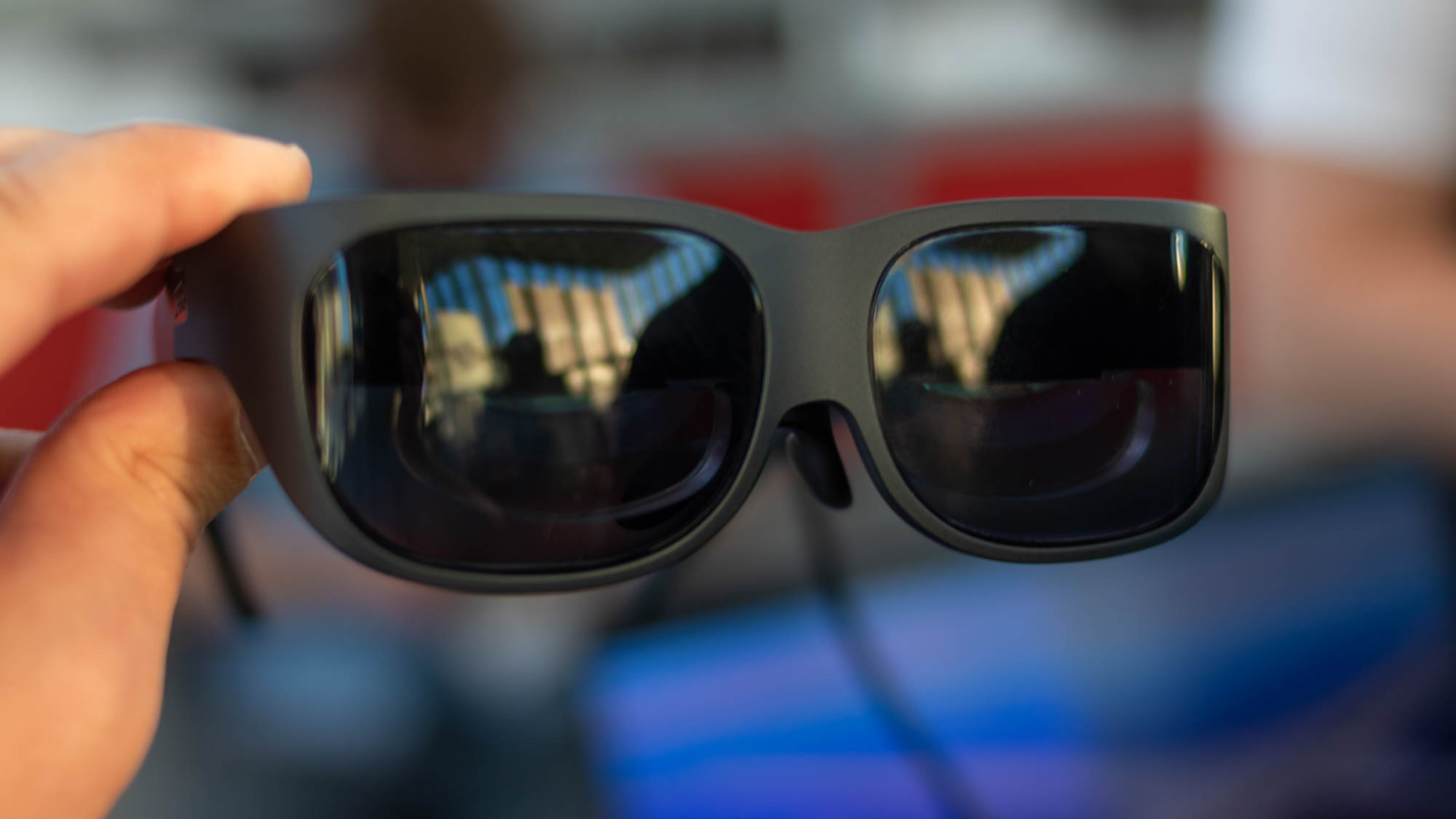 Has Lenovo found the ultimate business use case for smart glasses?
Has Lenovo found the ultimate business use case for smart glasses?Opinion Lenovo’s T1 smart glasses offer a virtual desktop that only you can see
By Bobby Hellard
-
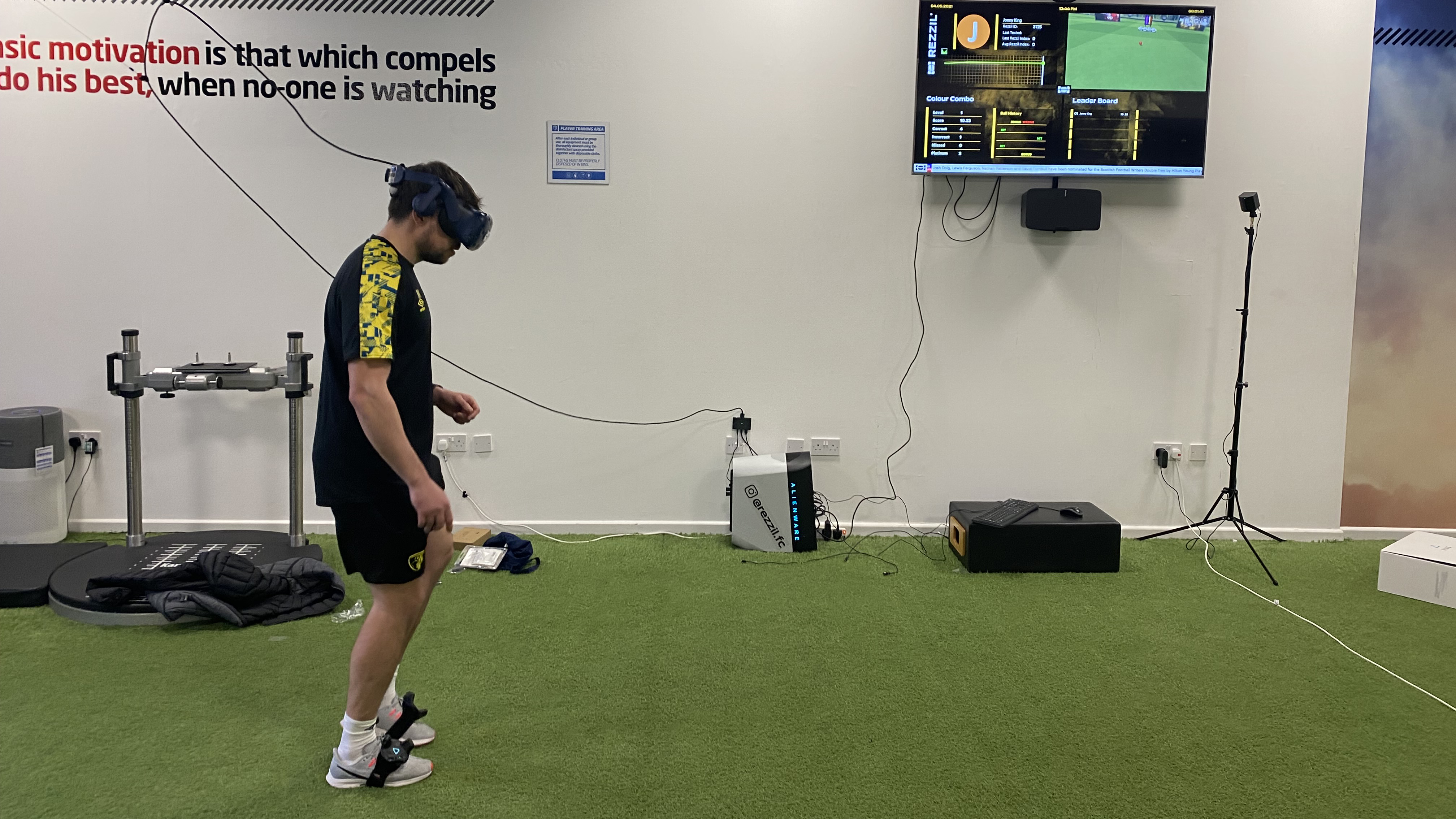 Virtual striker: Using VR to train Premier League stars
Virtual striker: Using VR to train Premier League starsCase Studies How one company is taking VR out of the boardroom and into the locker room
By Adam Shepherd
-
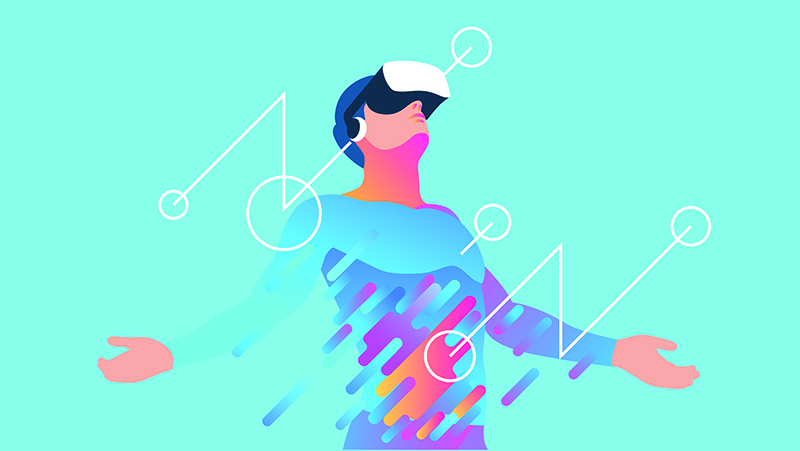 NeuPath and Cynergi will bring VR therapy to chronic pain management
NeuPath and Cynergi will bring VR therapy to chronic pain managementNews NeuPath will integrate Cynergi’s VR program with its remote pain management platform
By Praharsha Anand
-
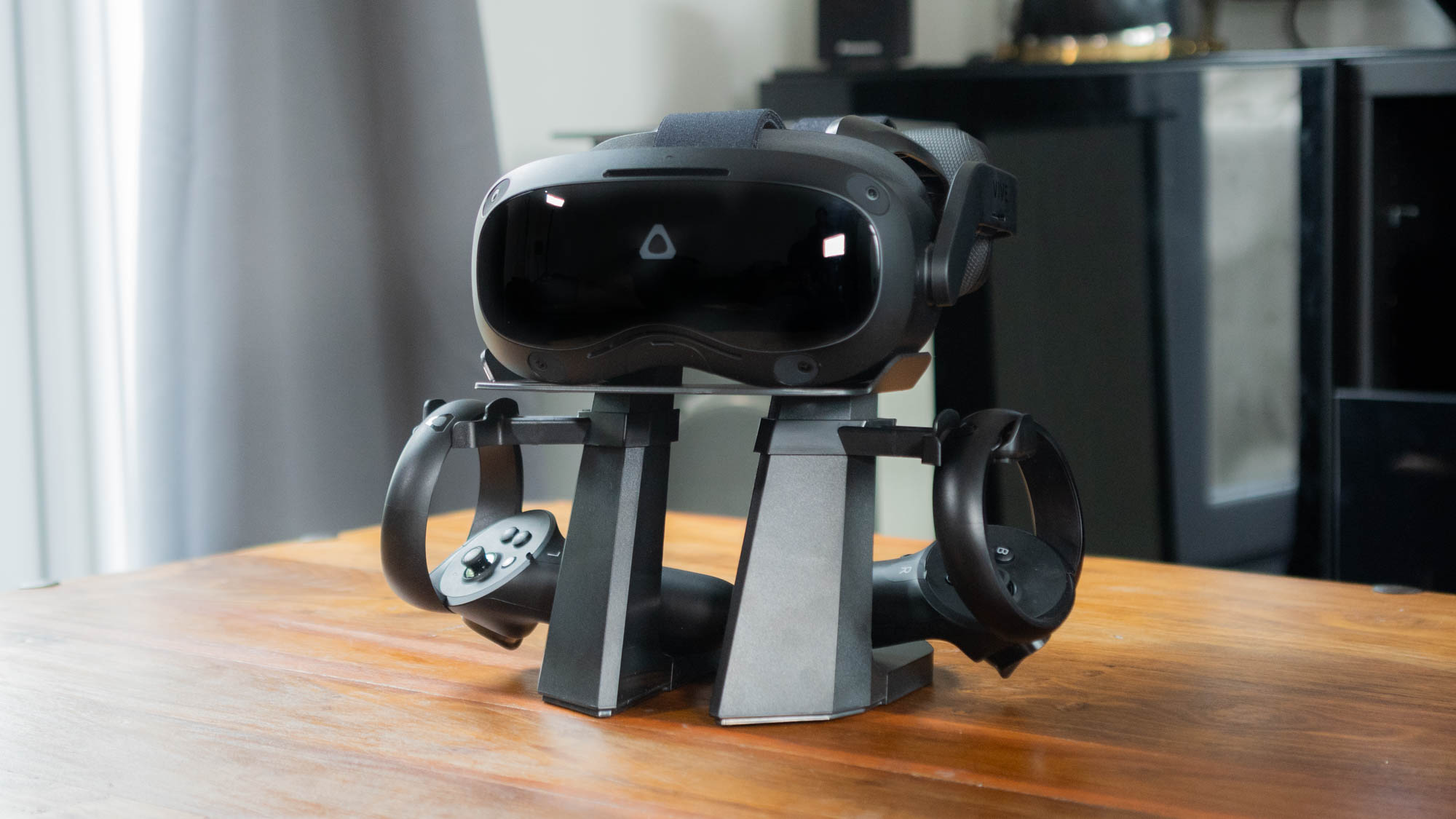
 HTC Vive Focus 3 review: The future of VR is here
HTC Vive Focus 3 review: The future of VR is hereReviews This smart and stylish headset is a leap forward for the technology
By Adam Shepherd
-
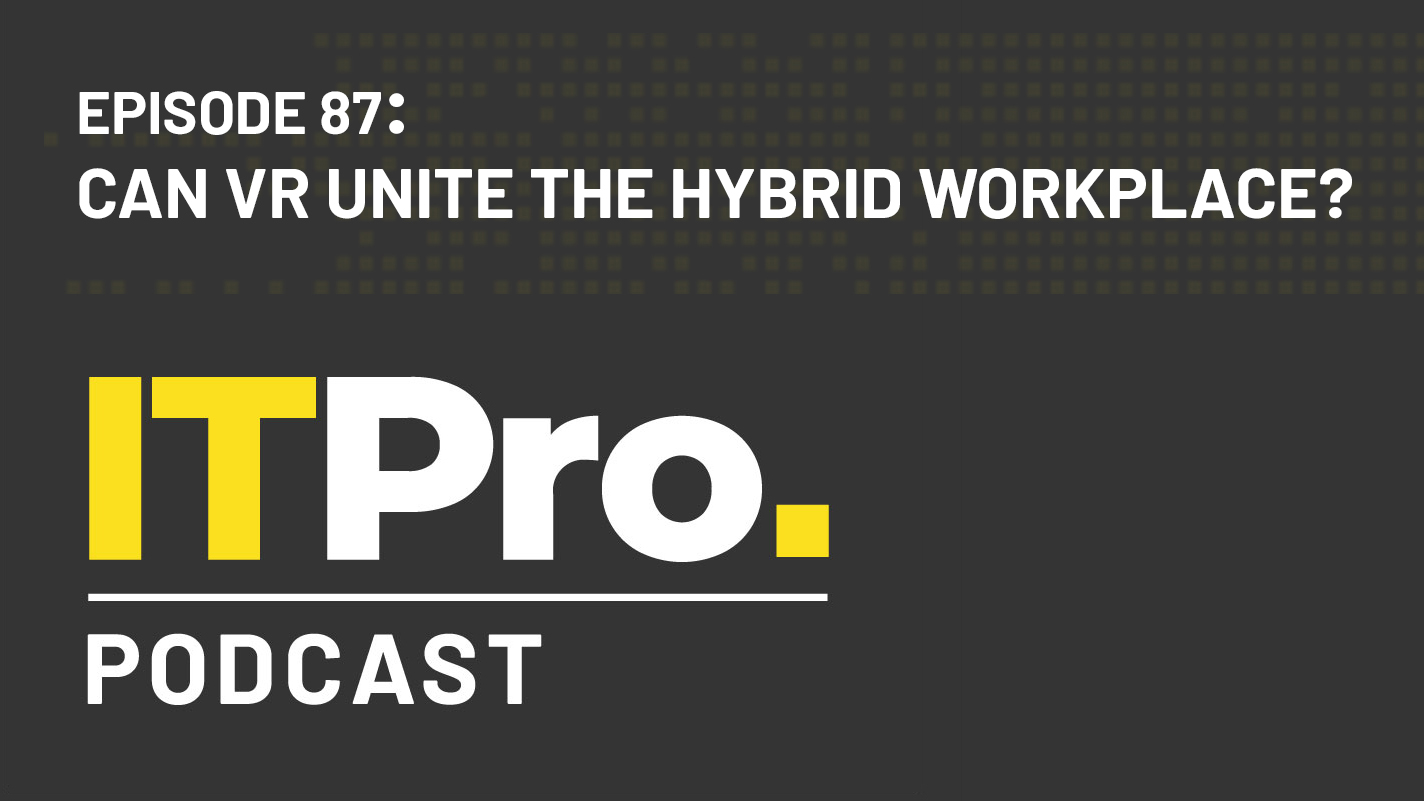 The IT Pro Podcast: Can VR unite the hybrid workplace?
The IT Pro Podcast: Can VR unite the hybrid workplace?IT Pro Podcast How one company is using virtual reality to bring its staff together
By IT Pro
-
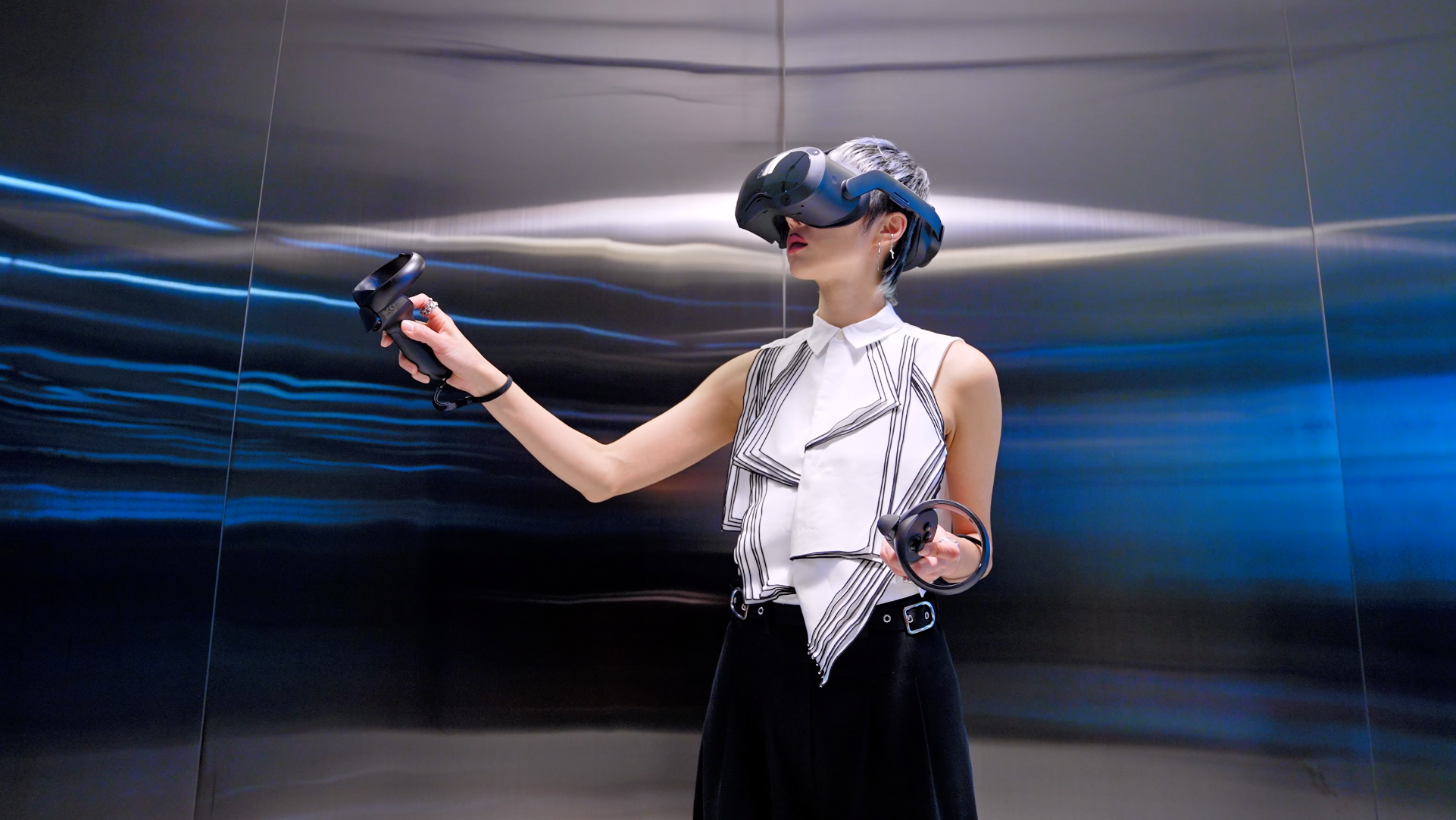 HTC launches new business-focused VR headsets
HTC launches new business-focused VR headsetsNews Vive Pro 2 and Vive Focus 3 include 5K resolution, larger field of view, and business management tools
By Adam Shepherd
-
 The IT Pro Podcast: Will VR ever be mainstream?
The IT Pro Podcast: Will VR ever be mainstream?IT Pro Podcast Despite years of development, VR is still a niche technology
By IT Pro
-
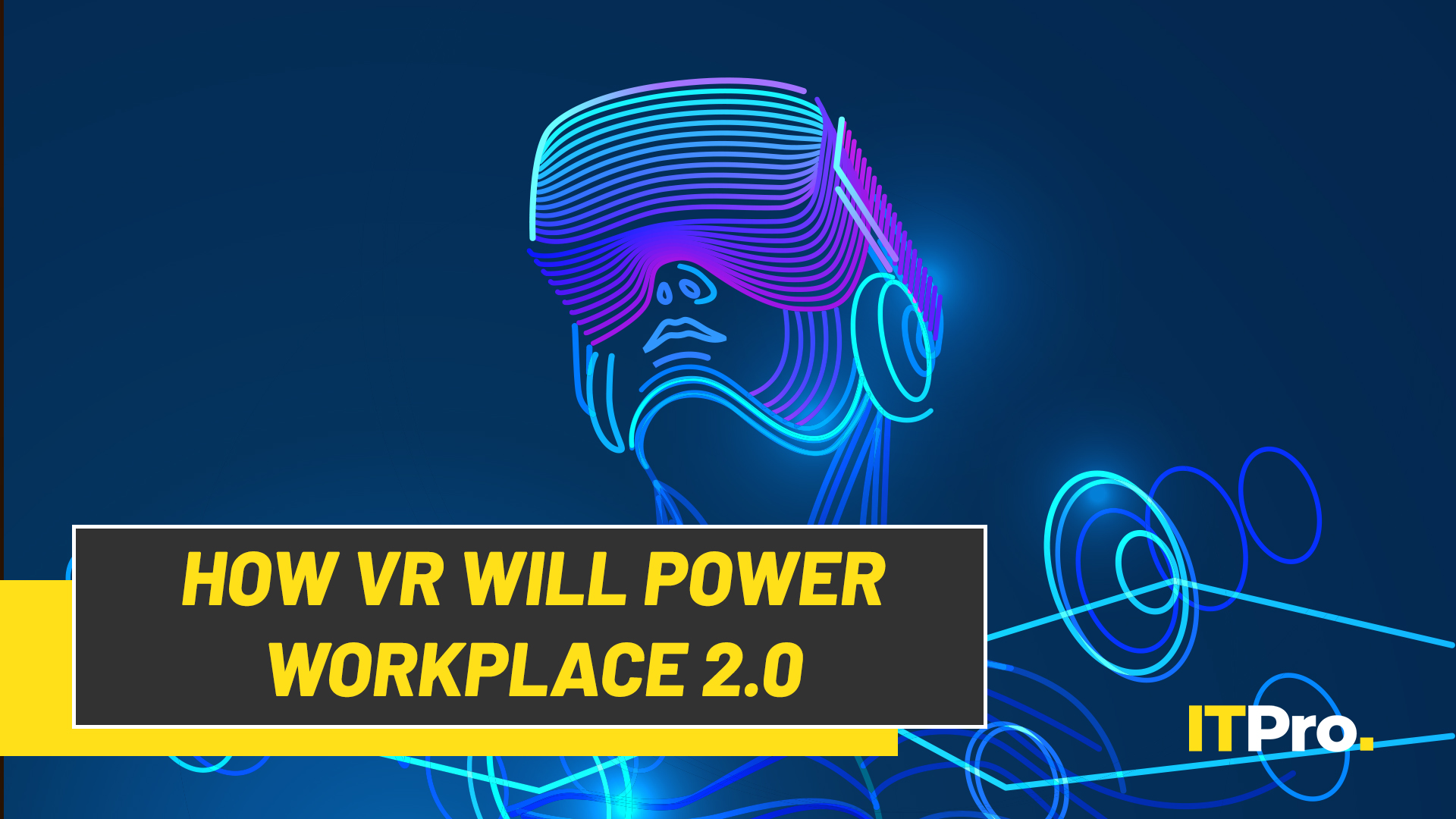 IT Pro Live: How virtual reality will power Workplace 2.0
IT Pro Live: How virtual reality will power Workplace 2.0Video The office of the future might not be a physical office at all
By IT Pro

